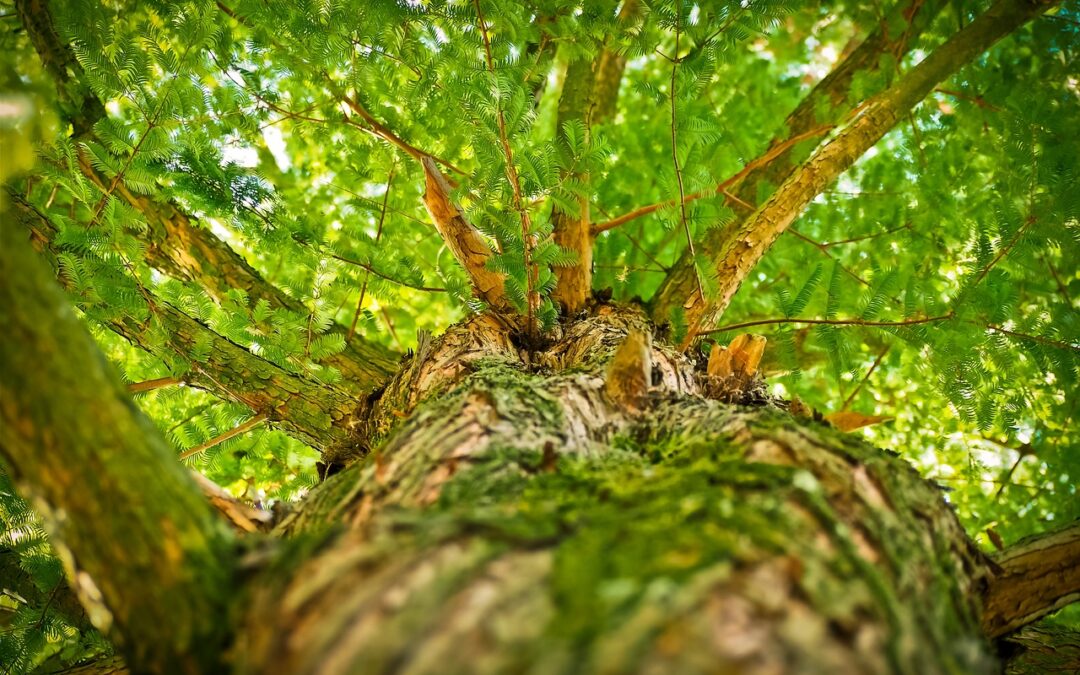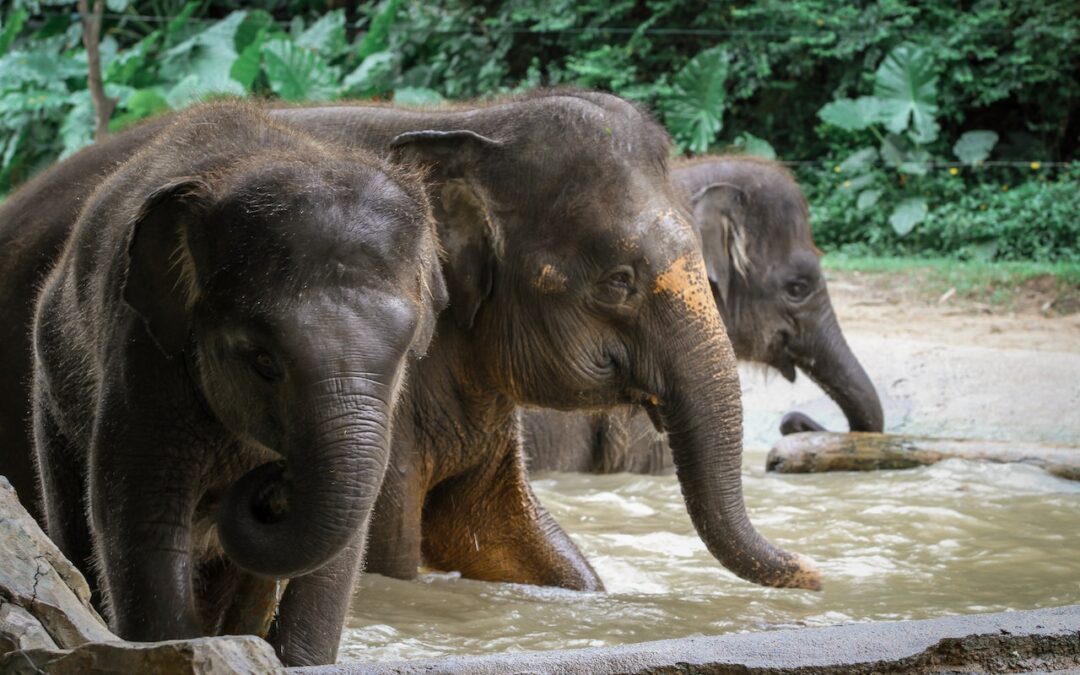Prepare yourself for an awe-inspiring odyssey through the captivating realm of animals, where the enigmatic octopuses and charismatic sea lions await to astound you with their astounding abilities. Get ready to be mesmerized by a collection of 20 mind-boggling facts that will leave you spellbound.
From the depths of the ocean to the vast expanses of the savannah, the animal kingdom unveils a tapestry of unparalleled adaptations and mesmerizing behaviours. It is a world where surprises never cease and enchanting wonders consistently bewitch our collective imagination.
Table of Contents
- Gloomy octopuses in Australia communicate by throwing objects at each other.
- Male orb-weaving spiders can catapult themselves off hungry females to avoid being eaten.
- Deep-sea sponges in the Arctic Ocean feed on the fossils of long-extinct tube worms.
- Aye-ayes, a type of lemur, practice extreme nose-picking using their three-inch-long middle finger.
- Cows in a herd tend to face either north or south while eating, and the reason remains a mystery.
- Monkeys can develop a cigarette addiction, mimicking humans.
- Octopuses have three hearts, with one dedicated to pumping blood to their gills.
- Owls have eye tubes instead of eyeballs.
- Polar bears have black skin to absorb heat and protect themselves from harmful UV rays.
- Butterflies can taste with their feet using chemoreceptors that help them identify plants.
- Dogs have a sense of smell approximately 100,000 times stronger than humans, but fewer taste buds.
- Reindeer’s eyeballs turn blue in winter, aiding their vision in low-light conditions.
- A single strand of spider silk is thinner than human hair but five times stronger than steel.
- The claws of a mantis shrimp can accelerate as fast as a .22-caliber bullet.
- Sea lions have the ability to keep a beat, making them the first nonhuman mammals with this skill.
- Honeybees can recognize human faces.
- Bowerbirds build intricate structures called bowers to attract mates.
- Dolphins display unique names for individual members within their pods.
- Elephants console each other in times of distress, showing empathy and emotional support.
- Monarch butterflies undertake a remarkable migration spanning thousands of miles.
Gloomy octopuses in Australia communicate by throwing objects at each other.
Details: Underwater cameras captured these cephalopods using jets of water to propel shells, silt, and algae at their fellow octopuses. The receiving octopuses even dodge the projectiles.
How it was discovered: Researchers observed this behaviour while studying octopuses living in dense conditions off the coast of Australia. [1]
Male orb-weaving spiders can catapult themselves off hungry females to avoid being eaten.
Details: These spiders store energy in their front legs, allowing them to quickly escape the clutches of their mate during mating. It’s like a human catapulting themselves over 500 meters in one second!
How it was discovered: Researchers studying orb-weaving spiders observed this behaviour, which helps the males survive potential sexual cannibalism. [1]
Deep-sea sponges in the Arctic Ocean feed on the fossils of long-extinct tube worms.
Details: Underwater cameras revealed colonies of fuzzy deep-sea sponges covering extinct volcanoes in the frigid Arctic Ocean. These sponges have bacteria that help them digest the fossils, enabling them to survive in a food-scarce environment.
How it was discovered: Researchers studying the extreme conditions at the bottom of the Arctic Ocean made this surprising discovery. [1]
Aye-ayes, a type of lemur, practice extreme nose-picking using their three-inch-long middle finger.
Details: Aye-ayes insert their elongated fingers into their noses, reaching all the way to their throats. The reason behind this behaviour is still unknown.
How it was discovered: Aye-ayes was caught on camera engaging in this peculiar behaviour, intriguing scientists who are still studying its purpose. [1]
Cows in a herd tend to face either north or south while eating, and the reason remains a mystery.
Details: Researchers have observed that cows align themselves in a specific direction while grazing, but the exact motivation behind this behaviour is still unknown.
How it was discovered: Through observation and study, scientists noticed this consistent alignment pattern among cows in a herd. [2]
Monkeys can develop a cigarette addiction, mimicking humans.
Details: Researchers have observed monkeys becoming addicted to cigarettes and exhibiting a need for a daily fix. This addiction mirrors the habits humans develop.
How it was discovered: Close observation of monkeys and their interactions with cigarettes led to this fascinating discovery. [2]
Octopuses have three hearts, with one dedicated to pumping blood to their gills.
Details: Octopuses have a unique circulatory system with three hearts, one of which ensures oxygenation of their gills. Additionally, their blood is blue due to high copper levels.
How it was discovered: Scientific studies and observations have revealed the intricate circulatory system of octopuses. [3]
Owls have eye tubes instead of eyeballs.
Details: Rather than traditional eyeballs, owls have elongated eye tubes that provide them with excellent binocular vision and enhanced depth perception.
How it was discovered: Scientific studies and anatomical examinations of owl eyes revealed their unique structure. [3]
Polar bears have black skin to absorb heat and protect themselves from harmful UV rays.
Details: Despite their white fur, polar bears have black skin, which helps them absorb heat from the sun and provides protection against UV radiation.
How it was discovered: Research and studies on polar bears’ adaptations to the Arctic climate unveiled this fascinating fact. [3]
Butterflies can taste with their feet using chemoreceptors that help them identify plants.
Details: Butterflies have specialized chemoreceptors on their feet that allow them to taste and identify suitable plants for laying eggs.
How it was discovered: Scientific research and observations of butterfly feeding behaviours revealed this unique sensory adaptation. [3]
Dogs have a sense of smell approximately 100,000 times stronger than humans, but fewer taste buds.
Details: Dogs possess an incredibly keen sense of smell, far surpassing human capabilities. However, they have fewer taste buds than humans.
How it was discovered: Comparative studies between humans and dogs in terms of olfactory and gustatory systems have revealed these differences. [3]
Reindeer’s eyeballs turn blue in winter, aiding their vision in low-light conditions.
Details: Reindeer undergo a change in the colour of their eyeballs during winter, turning blue. This adaptation helps them see more effectively in the reduced light levels of the season.
How it was discovered: Observation of reindeer during seasonal changes and subsequent scientific analysis uncovered this unique characteristic. [3]
A single strand of spider silk is thinner than human hair but five times stronger than steel.
Details: Spider silk is an incredibly strong material, with a single strand being thinner than human hair but exhibiting remarkable strength comparable to steel.
How it was discovered: Scientific research and investigations into spider silk properties and structure led to this impressive finding. [3]
The claws of a mantis shrimp can accelerate as fast as a .22-caliber bullet.
Details: Mantis shrimp possess immensely powerful claws that can accelerate at astonishing speeds, akin to a bullet fired from a .22-caliber firearm.
How it was discovered: Researchers studying mantis shrimp behaviour and physical capabilities made this remarkable observation. [3]
Sea lions have the ability to keep a beat, making them the first nonhuman mammals with this skill.
Details: Scientists have trained a female sea lion named Ronan to keep a beat, demonstrating that sea lions possess rhythmic abilities similar to humans.
How it was discovered: Researchers conducted experiments to assess the rhythmic capabilities of sea lions and successfully trained Ronan to display this skill. [3]
Honeybees can recognize human faces.
Details: Honeybees have the ability to distinguish and recognize human faces, demonstrating remarkable visual perception.
How it was discovered: Researchers conducted experiments using honeybees and discovered their capacity to recognize and remember human faces. [3]
Bowerbirds build intricate structures called bowers to attract mates.
Details: Male bowerbirds construct elaborate and ornate structures, known as bowers, using twigs, leaves, feathers, and other objects to attract female mates.
How it was discovered: Observation and documentation of bowerbird mating behaviours and nest building revealed this fascinating courtship display. [3]
Dolphins display unique names for individual members within their pods.
Details: Dolphins use distinctive vocalizations or “signature whistles” to identify and communicate with specific individuals within their pods.
How it was discovered: Researchers studying dolphin communication and social interactions discovered the existence of these individualized names. [3]
Elephants console each other in times of distress, showing empathy and emotional support.
Details: Elephants exhibit consoling behaviours towards distressed individuals within their social groups, displaying empathy and providing emotional support.
How it was discovered: Observations of elephant behaviour and social dynamics revealed their capacity for consoling and supporting one another. [3]
Monarch butterflies undertake a remarkable migration spanning thousands of miles.
Details: Monarch butterflies embark on an astonishing migration journey, travelling thousands of miles to reach their overwintering sites and return to their breeding grounds.
How it was discovered: Extensive research and tracking efforts have elucidated the incredible migration patterns and routes of monarch butterflies. [3]













0 Comments